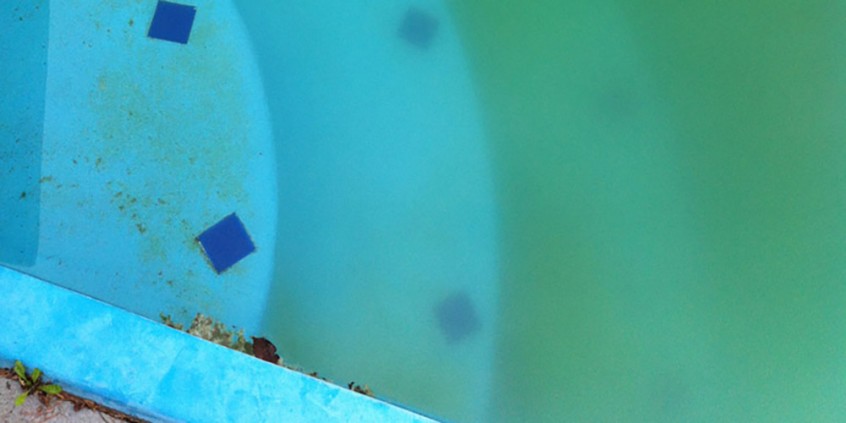Every pool owner dreams of having an inviting swimming pool with crystal-clear water. The reality, however, may be a pool that is hazy, cloudy, and flat looking. The following are some things service professionals should check when their customer’s pool water gets cloudy this summer.
Equipment
First, check the filter and circulation system to make sure everything is operating properly. Then, make sure the pressure reading on the filter gauge is not too high. When the pressure on the filter gauge reaches 10 psi above the normal setting, the filter should be cleaned or backwashed. Also, check all skimmer suction baskets and the pump basket to make sure they are free of debris such as leaves or pine needles.
Finally, make sure the pump is providing a good strong flow of water coming back in through the pool return line. If circulation seems dull, and the flow of water is not strong, the pump and filtration system should be inspected.
Lack of Sanitizer
During the summer, increased heat and bather loads can use up chlorine much faster. If the water starts to look cloudy, always test the pool’s chlorine level.
Chlorine levels need to be maintained between one and three parts per million (ppm) and the water should be shocked weekly. This will help to clear out excess contaminates and keep the chlorine working properly.
It is also important to ensure the water is properly balanced, whereby checking the pool’s pH, total alkalinity (TA), calcium hardness, and total dissolved solids (TDS). Calcium hardness builds up naturally from source water and certain chemicals. These levels should be kept between 200 and 400 ppm and tested at least once per year.
TDS is the buildup of all chemicals and solids in the water. High evaporation leads to an increase in dissolved solids. Normal TDS levels range between 1000 to 2000 ppm. When TDS is too high some of the pool water will need to be drained to dilute the solids. Regular shocking and the use of a water clarifier can help reduce the buildup of solids in pools.
In Canada, where water rates are increasing (and in some areas where water usage is restricted) use a liquid solar cover to reduce the loss of water from evaporation as well as loss of heat and chemicals. A liquid solar cover product forms a micro-barrier on the water surface, which in turn reduces the evaporation rate to save heat, energy, and chemicals.
Help the Filter
Pool filters are designed to remove very small particles from water. However, there are limitations to what most filters can remove in terms of particle size. For example, when dust blows into the pool it can be a micron smaller than the filter is able to remove. As this smaller debris builds up, the water becomes hazier.
Water clarifiers are used in this scenario as they are designed to grab tiny particles and cause them to bunch up together so they can be removed by the filter. The more small particles that are removed, the water will become clearer. There are several clarity products in the marketplace to help keep water clear—many of them are all natural and eco-friendly. For excessive cloudiness, look at some of the new products on the market designed specifically for this problem.
There are also products available for pools with heavy oil buildup (e.g. sunscreens), which combine natural clarifiers and oil-eating enzymes to provide a quick fix for cloudy water.
If high phosphates are a problem in the pool (e.g. from source water), look for products that combine phosphate removal with a clarifier to simplify water treatment.
Clear Water Is as Easy as One-Two-Three:
- Good equipment;
- Proper sanitizer and water balance; and
- Helping the filter with an effective clarifier product.
By keeping all of these in check, pool water will remain clear and sparkling all summer long.
This article was written by Terry Arko and originally appeared on Pool & Spa Marketing [link].
